Samsung Gear S3 vs. Asus ZenWatch 3: There's No Comparison
While the latest ZenWatch is a step up from previous Asus models, Samsung's latest smartwatch is the one that sets the standard.
From snazzier designs to improved fitness features, both Asus and Samsung make a good case for why you should put their new smartwatches on your wrist. The ZenWatch 3 certainly seems like a step-up from previous versions of Asus' Android Wear watch, but after some hands-on time with the Gear S3, Samsung's watch is the more appealing option.
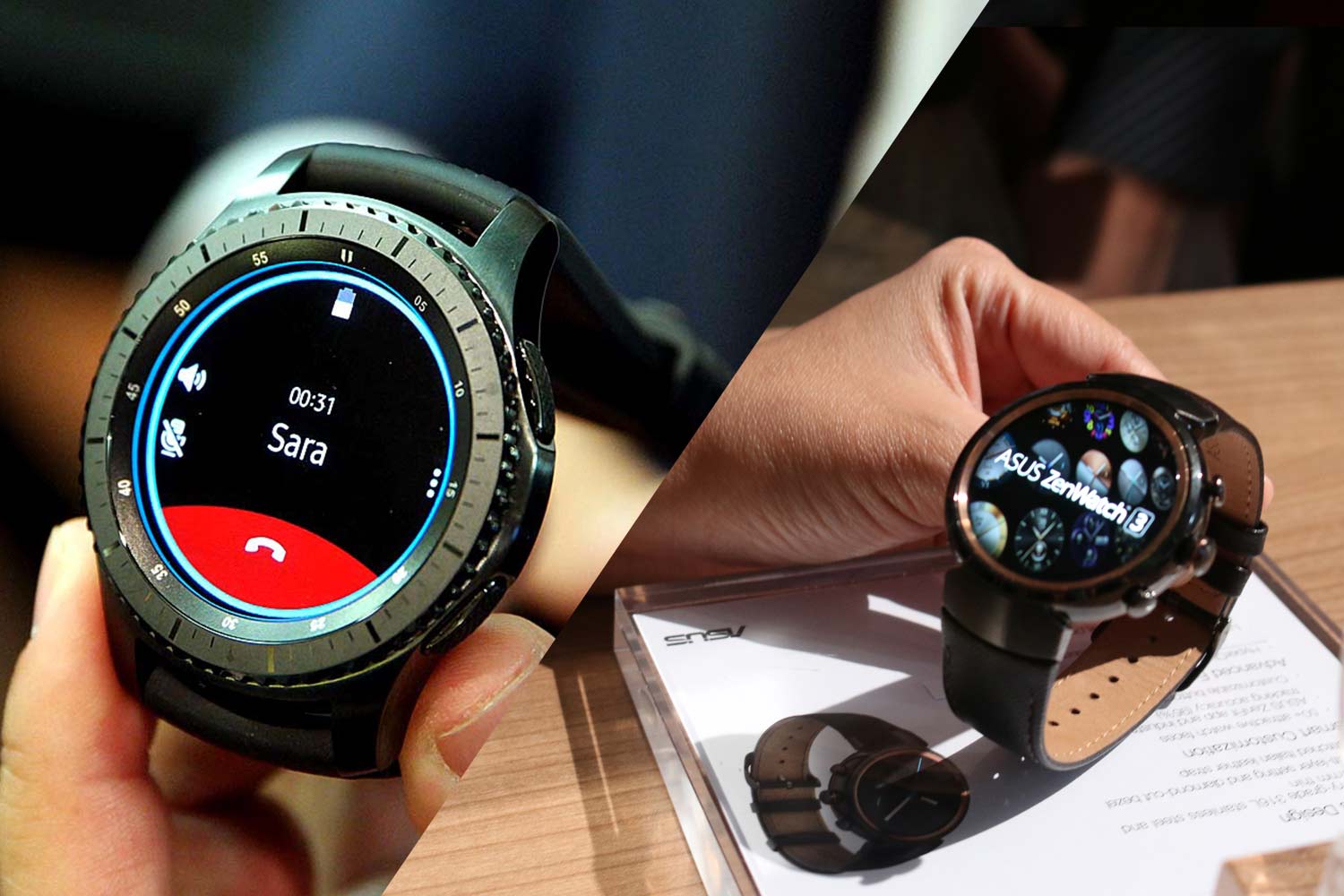
While the real face-off won't begin until we get a look at the Apple Watch 2, the ZenWatch 3 and Gear S3 still invite comparisons between one another. For starters, they debuted within hours of each other in the build-up to IFA 2016. They're also new iterations of existing smartwatches we're already familiar with. And both watches sport a circular design — a new development in the case of the ZenWatch.
Compare the two smartwatches on a feature-by-feature basis, though, and Samsung's Gear S3 quickly stands out — at least initially. Here's why the Gear S3 makes a better first impression than the ZenWatch.
Size & Feel
If you balk at big watches, both the ZenWatch 3 and Gear S3 might give you pause. These are not petit smartwatches by any stretch of the imagination.
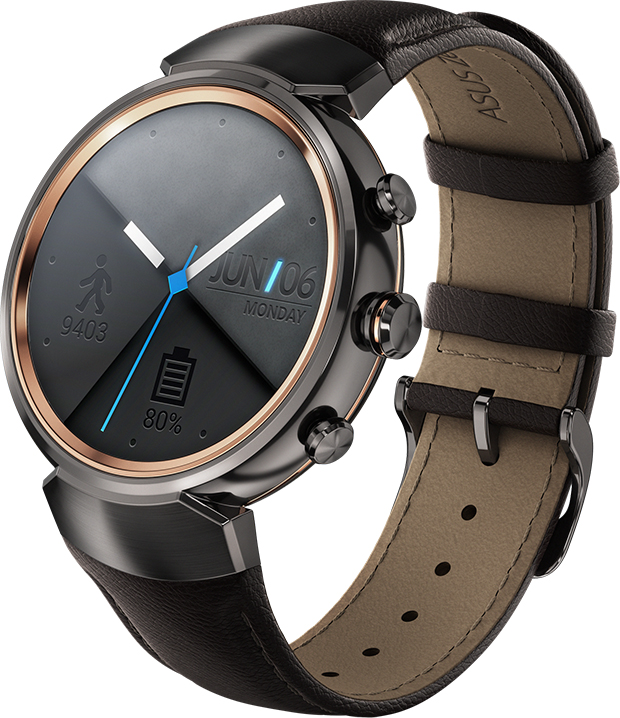
The ZenWatch 3 sports a 45mm case, and at 0.39 inches at its thinnest point, it's thicker than the ZenWatch 2, a device we thought was on the bulky side. If you thought that device felt a little chunky, the ZenWatch 3 is unlikely to resolve that complaint. It felt thick on my wrist when I had the chance to wear one in an Asus demo area.
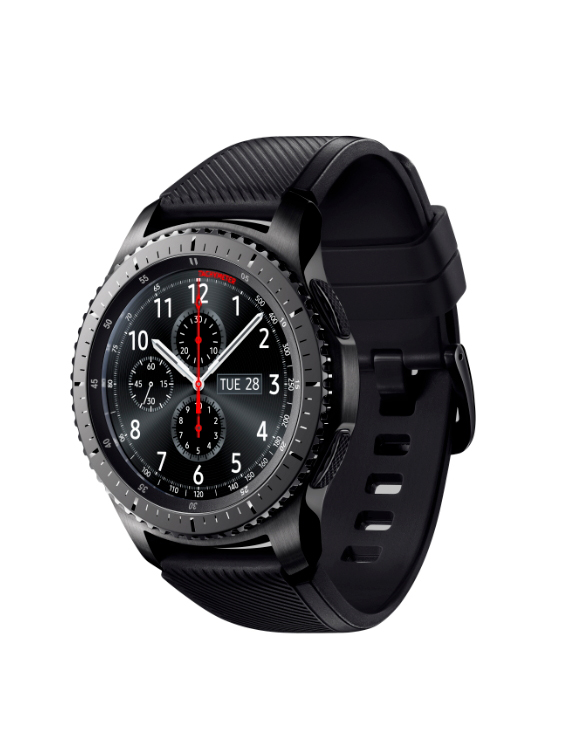
The Gear S3 is even larger, with a 46mm case, and a bit thicker than the ZenWatch 3. Still, it didn't feel quite so bulky when I strapped it on my wrist. Maybe the wide diameter helps in that regard, but the Gear S3 just had a better feel.
Design Options
The Gear offers two choices — Frontier and Classic. The former is a more rugged look, with a solid black face, while the latter has a polished silver aesthetic that's more appropriate for a board room.
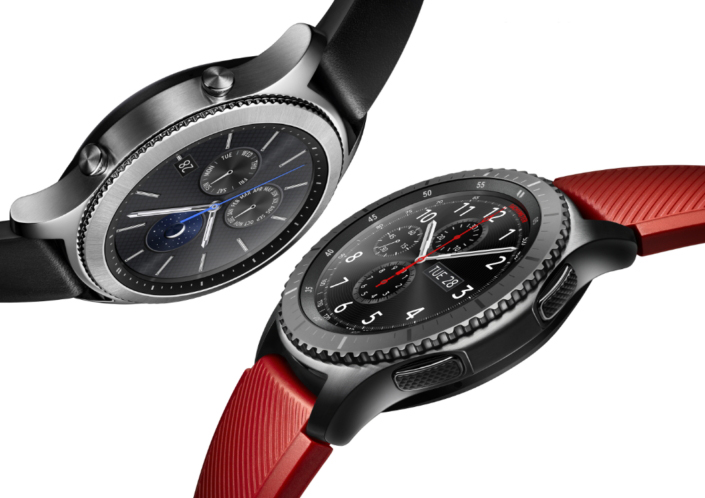
MORE: Asus ZenWatch 3 Packs Gorgeous Circular Display
ZenWatch gives you a choice of three colors: gunmetal, silver or rose gold. The black and silver iterations of Asus's watch are striking enough, but count me among the people who can't wait for rose gold to join Bondi blue in the dustbin of history's once trendy designs.
Beauty is in the eye of the beholder, of course, but the Gear S3's different designs look more like actual watches to me — and therein lies the appeal. "From a distance, you'd never know the Gear 3 was a smartwatch," said Samsung executive vice president Young-Hee Lee during the Gear 3 launch event in Berlin. "It's a smart-looking watch."
That's a clever marketing line, but it also happens to be true: the Gear 3 looks so good precisely because Samsung set out to make it look like an analog watch.
Controls
The ZenWatch 3 uses a three-button approach for controls beyond the 1.39-inch AMOLED display. You can use top crown button for quick access to the apps and functions you select, which is sure to be a crowd-pleasing time saver, while another button can change display modes on the watch.
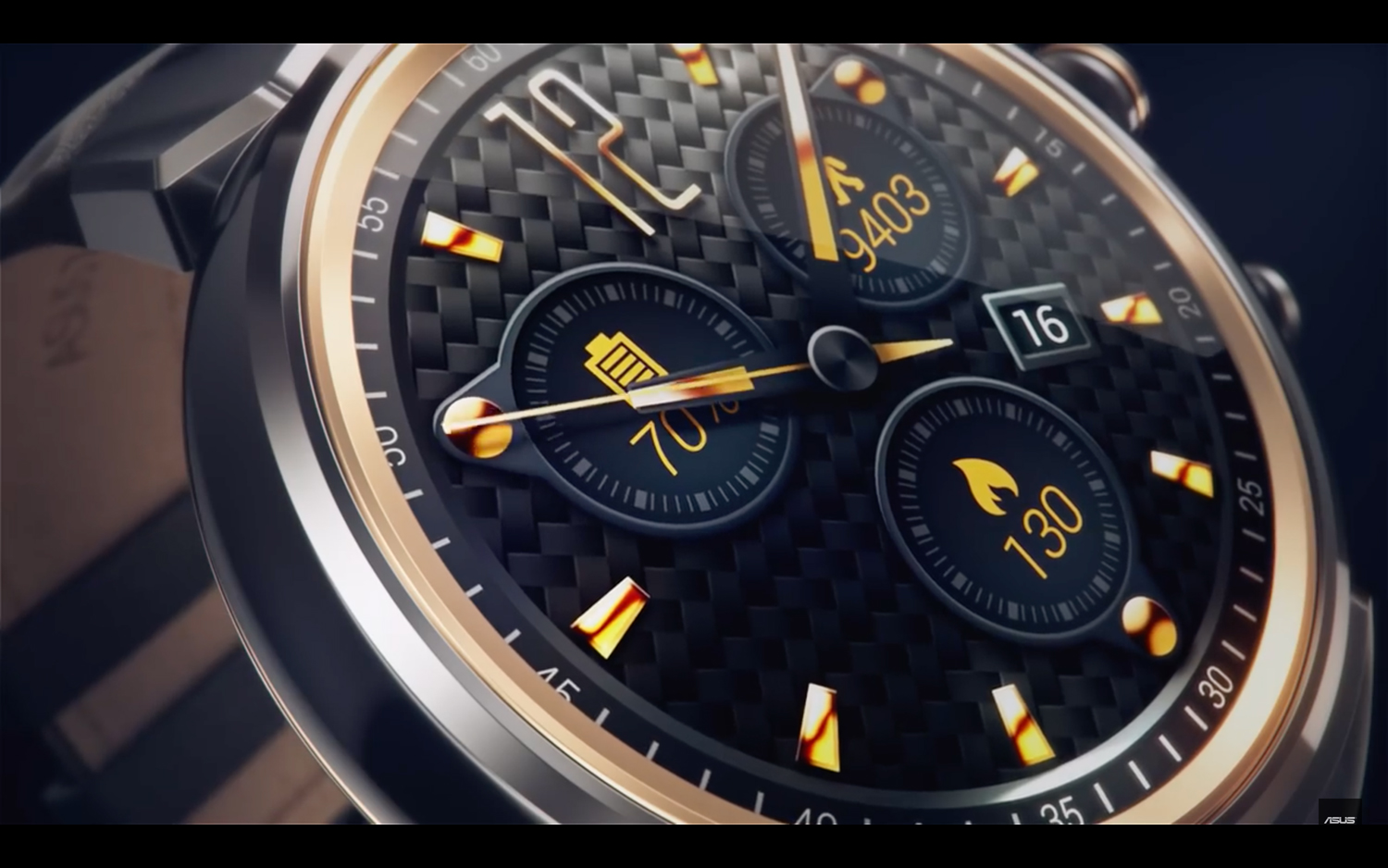
I've always preferred the Gear's rotating bezel control, and I'm bound to like it even better in the Gear S3 now that Samsung's added greater functionality.
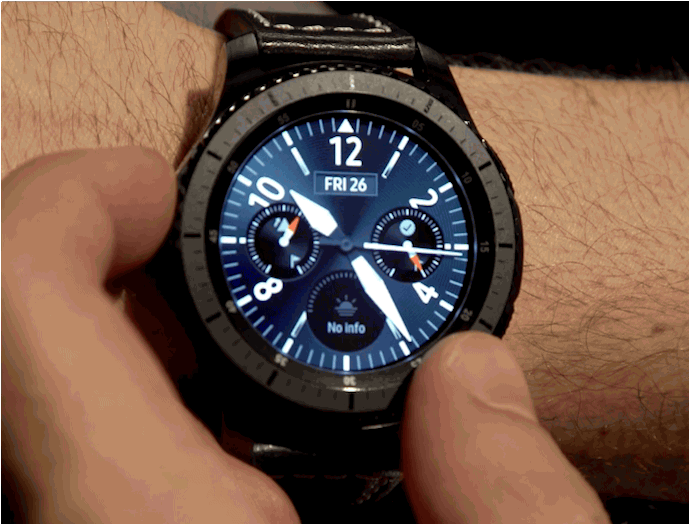
In addition to navigating through menus, you can also use that bezel to answer and reject calls. The Gear S3 offers handwriting recognition, too, in which letters you write on the display get converted to text.
Fitness Tracking
Both Asus and Samsung have hipped to the fact that people like to have smartwatches that double as fitness trackers. So both watchmakers have made activity tracking a key part of the pitch for their respective devices.
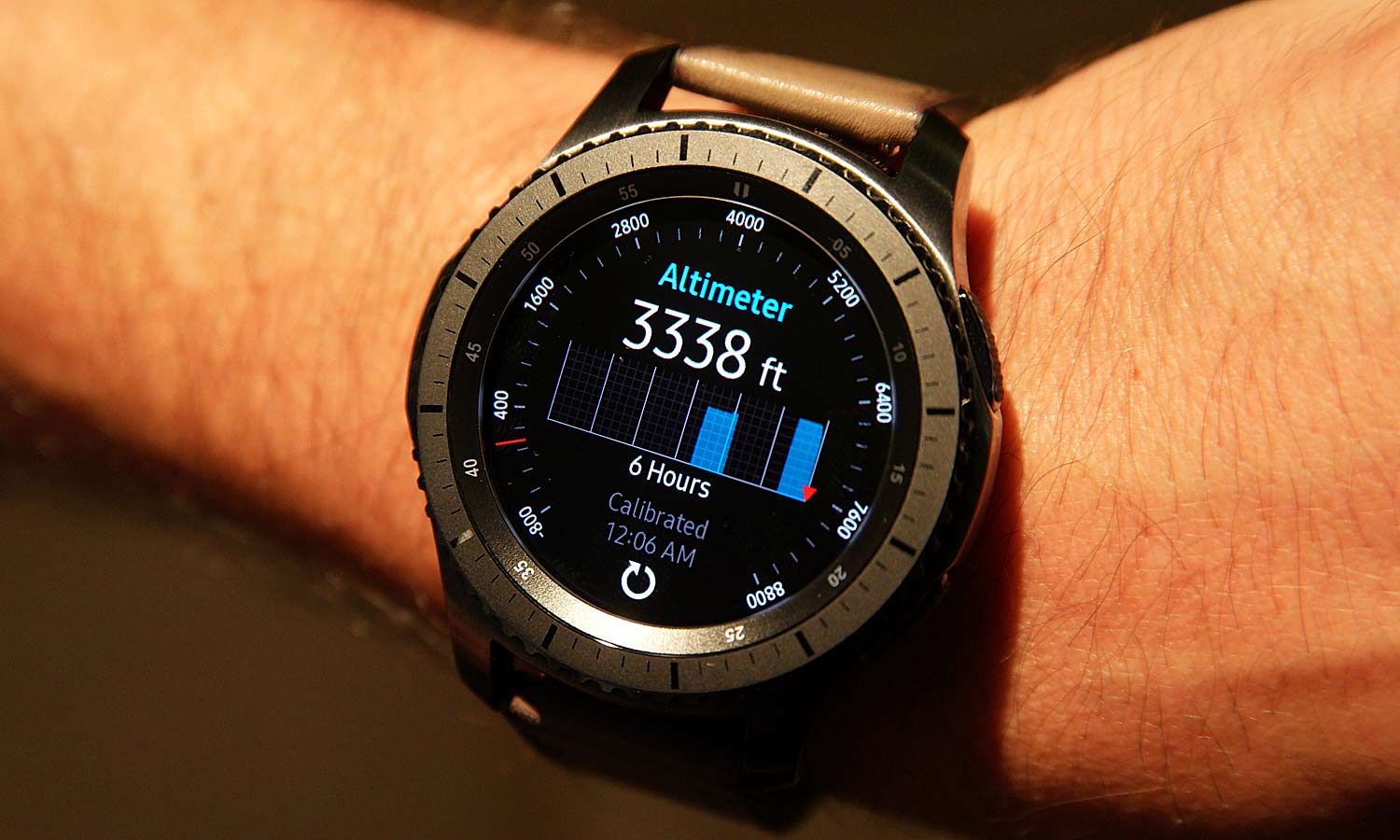
In the ZenWatch's case, Asus is touting its new ZenFit app, which automatically counts how many steps you take each day. Expect that count to be accurate: Asus is promising 95 percent accuracy for step-counting. The ZenFit app tracks other activities, too, including walking, running, push-ups and sit-ups, and it will remind you to move if it detects you've been inactive for a while. You can also expect summaries and graphs of all your activity.
The Gear S3 offers a bit more in terms of hardware. Besides the built-in GPS, other sensors include an accelerometer, barometer and altimeter. Go skiing, for example, and the Gear S3's GPS will be able to track your course, while the integrated altimeter and barometer can measure the elevation you've travel and the speedometer logs how fast you go.
Additionally, an updated S Health app will let you share your activity with others for both bragging rights and encouragement — mostly bragging rights, though.
Durability
If you're going to encourage people to wear your watch when they're exercising, you better make sure that the watch can take a licking. Both Asus and Samsung have taken pains to boost the durability of their respective devices.
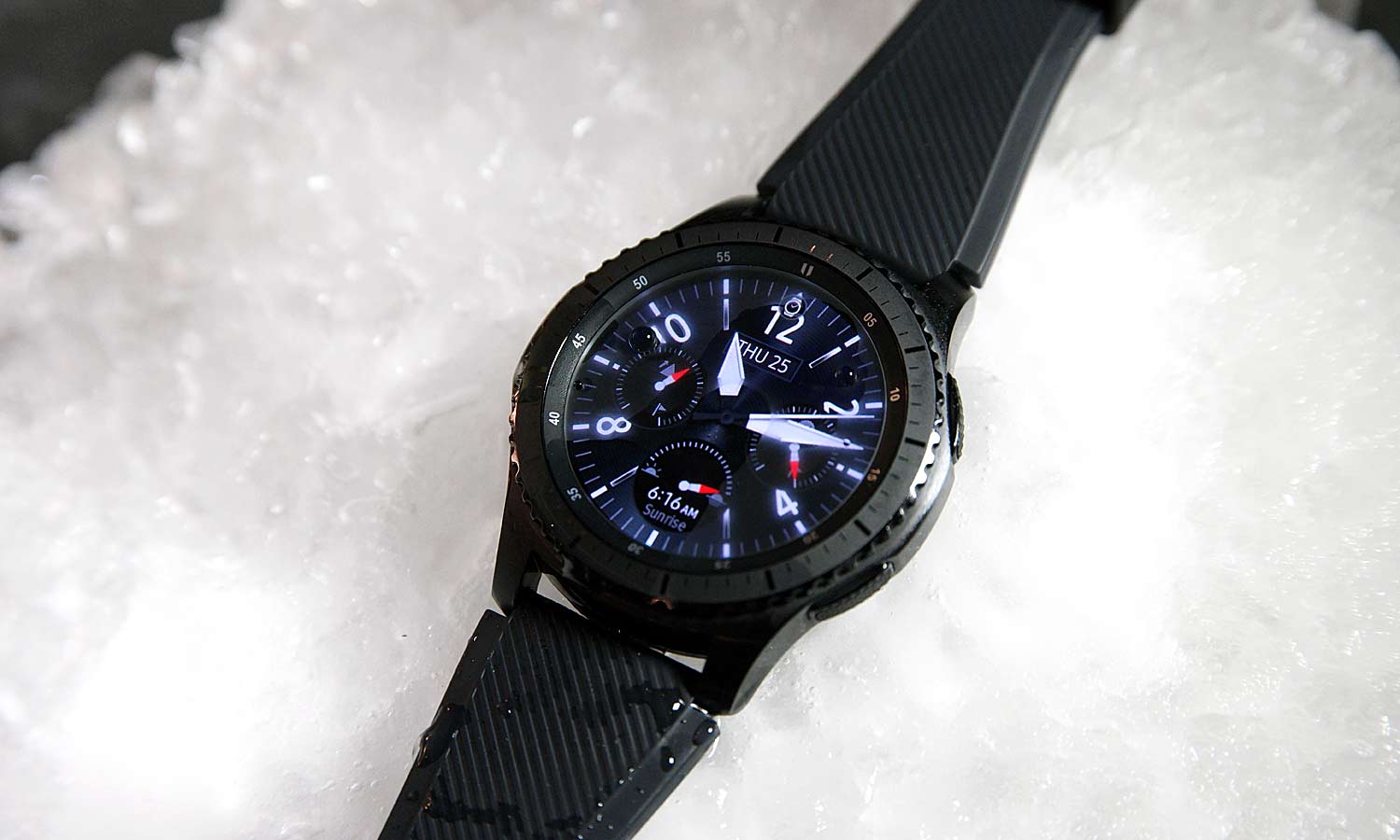
For the ZenWatch, that means an IP67 rating for water resistance. That means you don't have to worry about a splash of water — or more realistically, sweat — damaging your ZenWatch during a workout.
The Gear S3 boasts an IP68 rating, so it's water resistant too, for up to 30 minutes in 5 feet of water. But the IP68 rating also means the Gear S3 can withstand dust, and Samsung says the watch can survive extreme temperatures and shock, too.
OS
This might be an area where the ZenWatch 3 edges out the Gear S3, but that depends on how you feel about Tizen. That's the Samsung-backed OS that powers the Gear S3. Samsung's making efforts to ensure that its Tizen-powered watches are properly supported, with 1,000 apps available at launch. That will include a new Uber widget, support for streaming Spotify over Wi-Fi and a Nest tie-in for controlling the smart thermostat from your wrist.
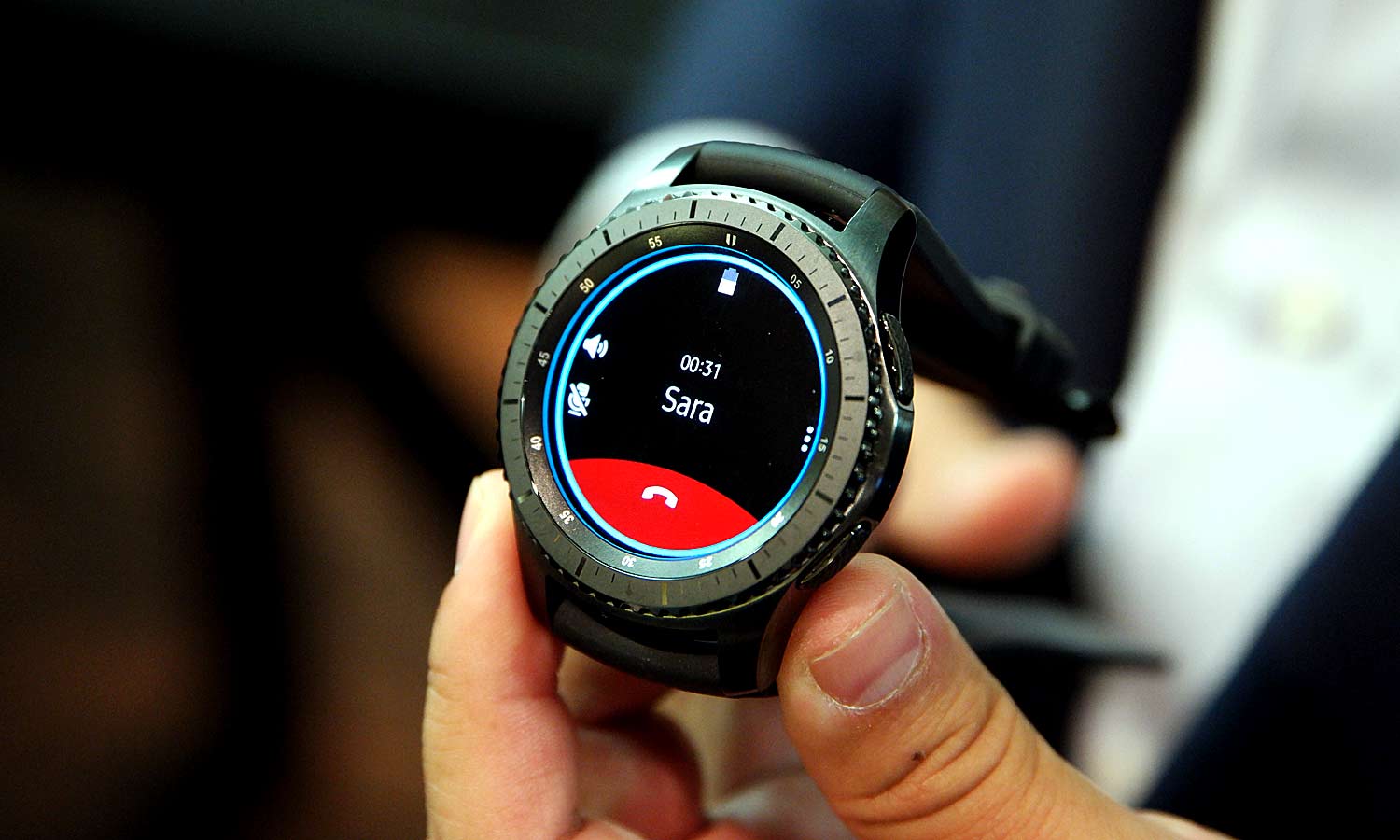
Still, Android Wear works with a wider range of phones, and ties into the larger Android ecosystem. We'll give the edge to the ZenWatch here, though Tizen has its fans.
Battery Life
Asus says you should expect two days of battery life with the ZenWatch 3. That's pretty good. What's even better, though, are the four days that the Gear 3 can reportedly give you. One of the things that I think keeps people from embracing smartwatches is their reputation as another thing you have to remember to charge at the end of the day. Both Asus and Samsung are taking steps to address that with their latest watches, but the Gear S3 seems to be farther along at the moment.
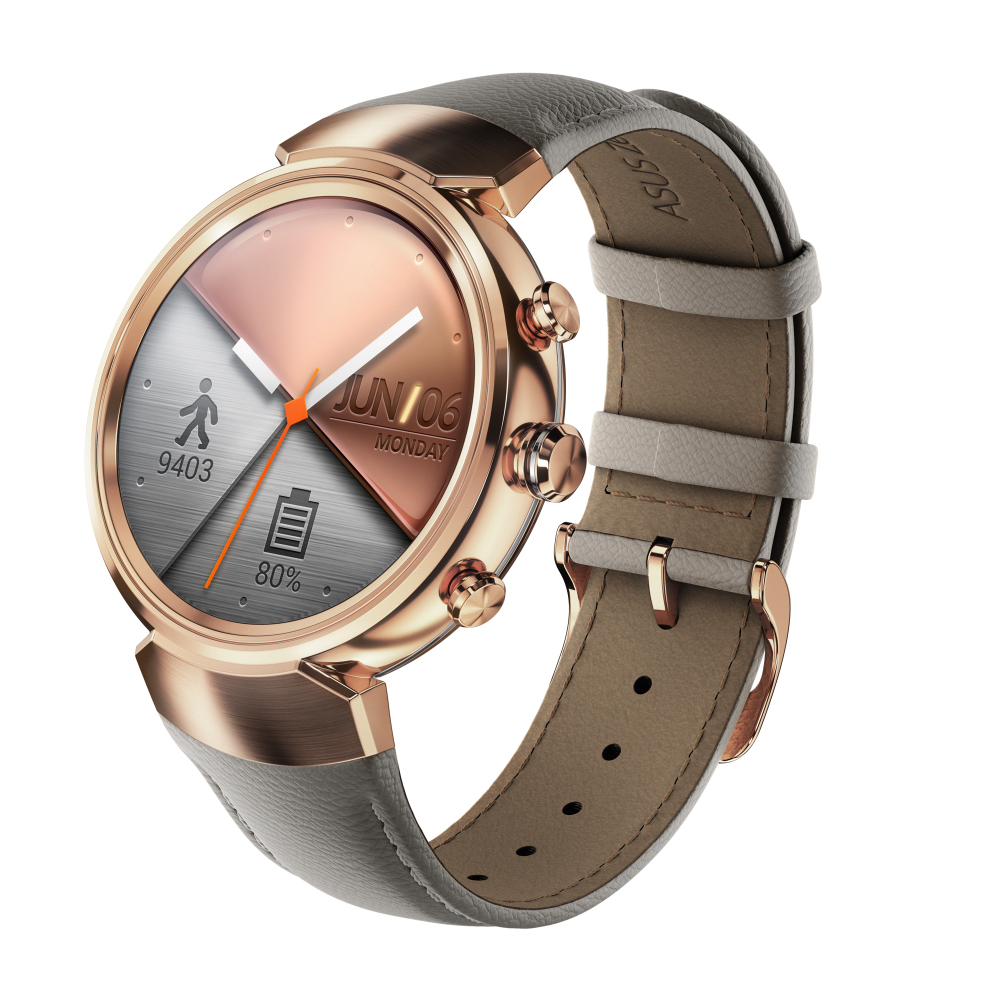
Price
It's tough to call a winner here, because we don't know exactly what either watch will cost in the U.S. Asus has given us a bit of clue, setting European pricing for the ZenWatch 3 at €229. That likely means a tick up in pricing from what Asus charged from the ZenWatch 2 when the ZenWatch 3 arrives in this country later this fall.
Samsung hasn't even hinted at pricing for the Gear S3, which will ship in the fourth quarter. Based on past versions, we'd expect it to cost more than the ZenWatch 3, but it also packs in more features.
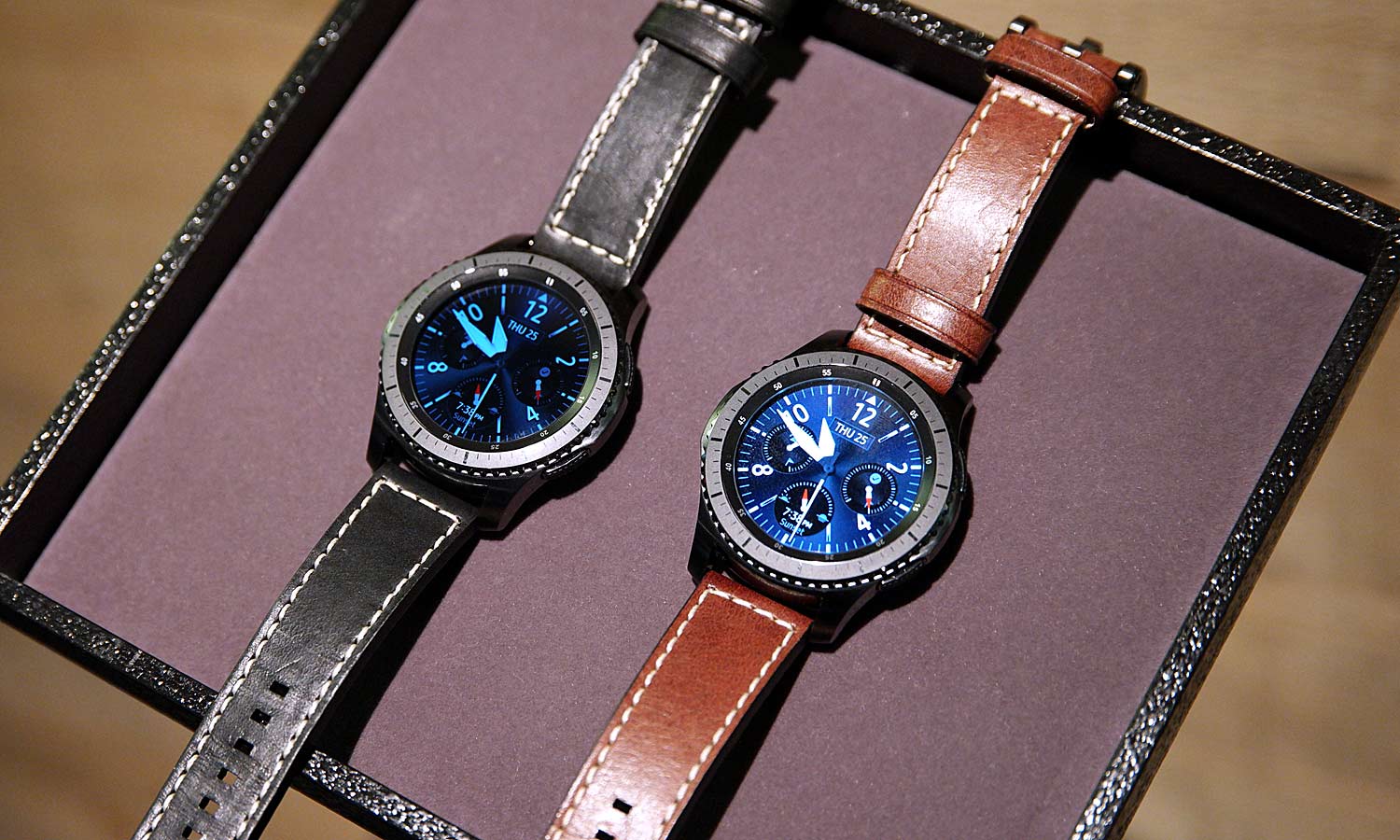
Bottom Line
The Gear S3 boasts a number of other extras that tip the scale in its favor. Its support for Samsung Pay means you're going to be able pay for things with your watch anywhere you can swipe a card, and since you can store payment tokens on the watch, you won't even need your phone close at hand. The Frontier model of the Gear S3 gives you the option of LTE connectivity — with a monthly plan, of course — which further reduces the watch's dependence on a smartphone.
Still, the ZenWatch looks to be a step up from previous Asus watches. And if it can keep its price in the neighborhood of the ZenWatch 2, the new ZenWatch could be a compelling alternative for users who don't want to pay the premium the Gear S3 is going to command.
We'll have a more definitive view on the state of smartwatches once we've had a chance to thoroughly review the new watches from Asus and Samsung. And the Apple Watch 2's imminent arrival should clarify things even further. For now, though, nearly every sign points to the Gear S3 as the smartwatch to beat.
Sign up to get the BEST of Tom's Guide direct to your inbox.
Get instant access to breaking news, the hottest reviews, great deals and helpful tips.
Philip Michaels is a Managing Editor at Tom's Guide. He's been covering personal technology since 1999 and was in the building when Steve Jobs showed off the iPhone for the first time. He's been evaluating smartphones since that first iPhone debuted in 2007, and he's been following phone carriers and smartphone plans since 2015. He has strong opinions about Apple, the Oakland Athletics, old movies and proper butchery techniques. Follow him at @PhilipMichaels.

